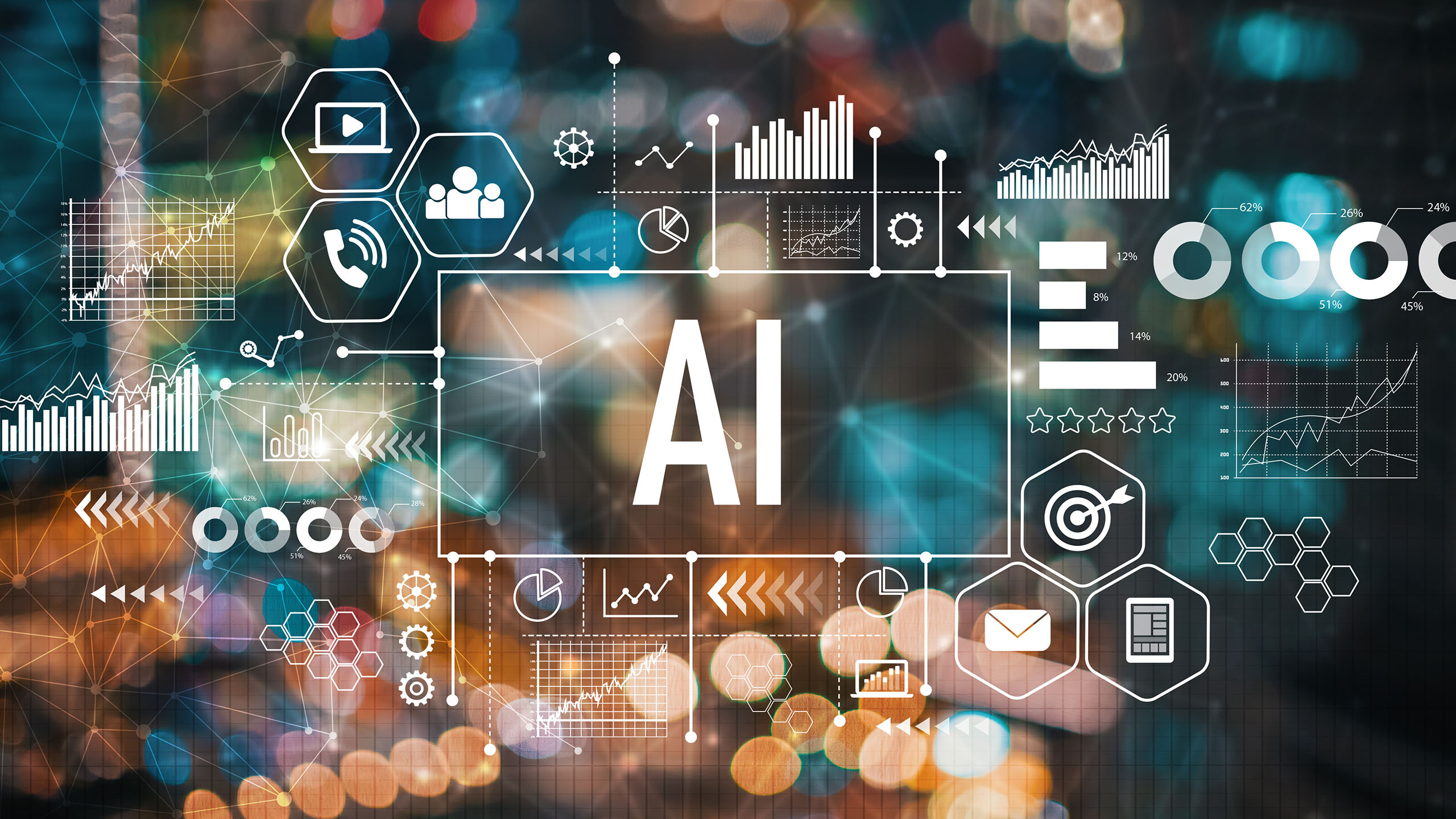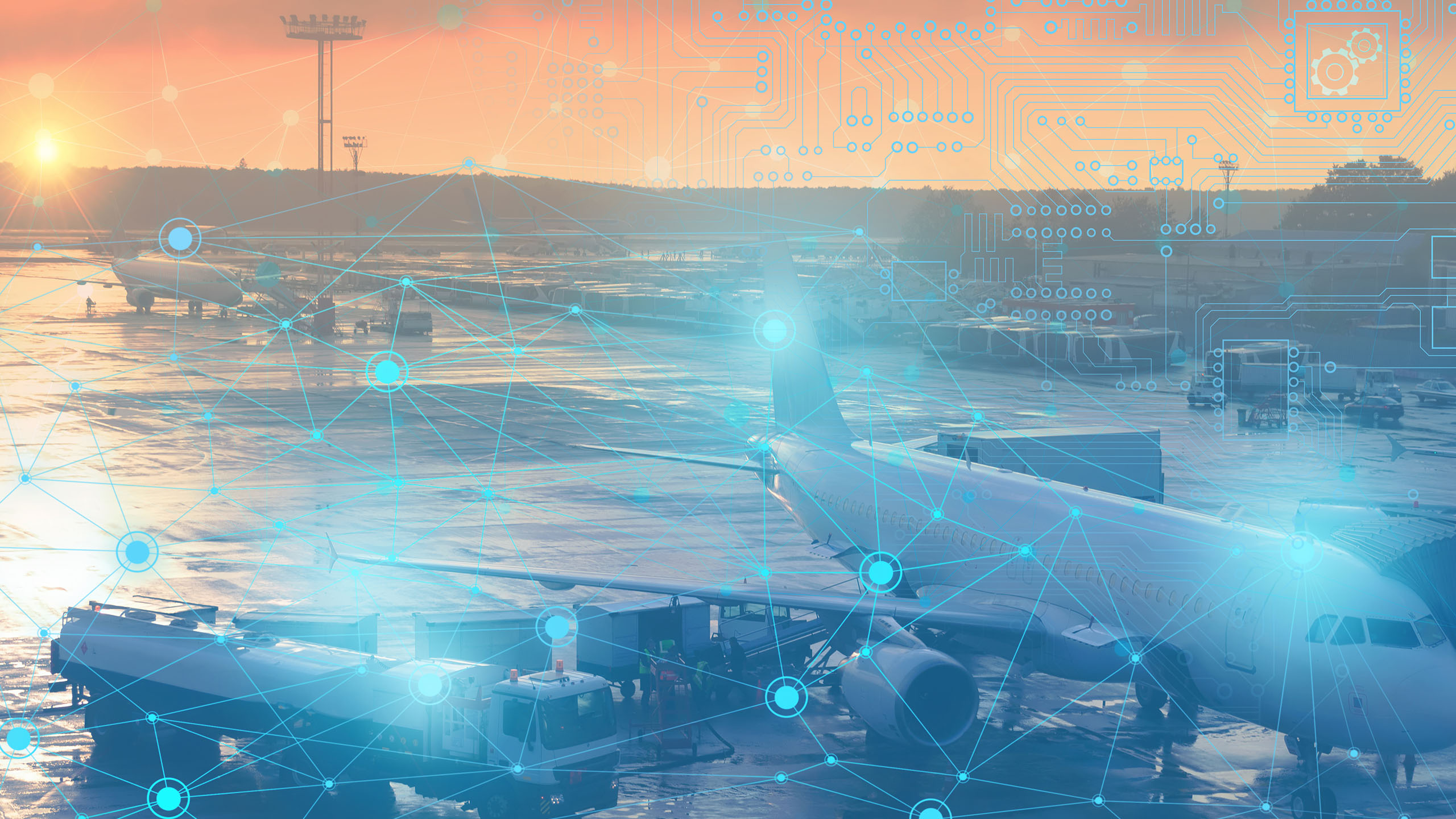Artificial intelligence (AI) in aviation can sometimes feel like a futuristic proposition. The reality, though, is that commercial airlines are already actively using and experimenting with AI applications to drive revenues and better passenger experiences.
In fact, AI in the aviation market is growing at around a 46% compound annual growth rate (CAGR), according to a forecast done by Markets & Markets. And while virtual assistants currently dominate the AI landscape in aviation, there's more to the story than chatbots on a smartphone app or IFE screen.
“The Internet of Things and devices like inflight sensors are giving AI systems more and more data to work with," says Andrew Barnett, Managing Director of FliteTrak. “And airlines are already using AI to analyze that data for things like predictive maintenance scheduling to optimizing fuel emissions."
Across the industry, companies like Panasonic and FliteTrak are providing airlines with AI and IoT solutions, with great success. Airlines may be inspired to learn how other brands are successfully using AI to their advantage, even when the technology proves challenging.

How AI Is In the Skies Right Now
The AI use case that airlines are now operationalizing with the most success is in customer service chatbots. For instance, low-cost carrier AirAsia is realizing massive benefits since rolling out its AI-powered chatbot.
Within 30 days of implementing its AI for chatbot customer service, AirAsia managed to cut customers' average wait times to under one minute. Moreover, the chatbot serves to automate upsells like meal plan purchases and upgrades that help increase revenue for the airline.
This is the primary way passengers see AI in action, but the technology is also playing an important role in behind-the-scenes operations—and it's making a meaningful difference for technical workers, sales teams, and other professionals within airlines.
"The advent of cheap sensors and ever-pervasive connectivity, even though it can be spotty, coupled with edge computing, drives the data gravity," says Samir Lad, Panasonic Avionics' Head of Digital Architecture and Cloud.
"When you combine this ever-growing data collection with the AI and machine learning (ML) tools, it enables Panasonic to shine a light on the data assets driving the understanding of passenger behaviors and operational simplicity. In the current era of the pandemic, AI/ML-based automation based on the broad swath of data helps airlines be nimble and more focused on safe passenger experience while keeping the costs under control," Samir adds.
In addition, Barnett notes that AI delivers smarter predictive maintenance and repair scheduling. Sensors can be automated to passively gather vast amounts of operational data that can then be analyzed by AI systems to detect—and even prevent—issues. “Over time, AI software learns to predict faulty outcomes more effectively, and schedule predictive maintenance at the proper intervals," he says.
Predictive, proactive maintenance helps give airlines better control of timing of repairs, helping them to avoid problems most responsible for delays and cancellations.
But Barnett cautions that for current AI systems to function efficiently and provide value, airlines need to select their data sources carefully and make sure the tech has a quantifiable return on investment.
Challenges of AI Implementation
At its core, good AI relies on good data, Barnett says. "You've got to identify not only the right sources but the right amount of data. Overloading the system with too many data sources can slow things down significantly."
Whether it's live sensors in the cabin that measure things like comfort and restlessness, or machine-to-machine communication from smart aircraft components, Barnett recommends that airlines stay focused on their main business goals and choose only the essential data sources that help achieve them.
"In the current era of the pandemic, AI/ML-based automation based on the broad swath of data helps airlines be nimble and more focused on safe passenger experience while keeping the costs under control"
Samir Lad, Panasonic Avionics' Head of Digital Architecture and Cloud
In any industry, it's not uncommon for companies to adopt new technologies first and then try to find a niche use for that technology later. Barnett says airlines, especially in these budget-tightening days, need to be focused on the goals they are trying to accomplish with the technology. This demands a practical, tech-informed, ROI-driven approach for implementing AI.
Understanding your customers and business goals first, then using AI to achieve them, is the best way to think about applying AI in aviation.
Two Other Use Cases for AI
Air France recently announced that it will be using an AI platform called SkyBreathe to reduce emissions by 50% by 2030. Air France joins Norwegian Air, Transavia, and a handful of smaller carriers on the SkyBreathe AI platform.
SkyBreathe collects data from the aircraft's black box in addition to hundreds of thousands of other data points. This includes inflight communication systems, data recorders, and flight plans. The AI system then analyzes the data and suggests actionable changes to reduce emissions en route to the 50% reduction goal. SkyBreathe might advise that a lower landing altitude on certain flights will result in lower fuel usage, for instance.
Last year, TAP Portugal rolled out economy seats with sensors intended to give insights into how they can improve the passenger experience. The sensors gather information on how long the seatbelt was fastened, how many times the tray table was used, and when the person reclined the seat. TAP Portugal can then fold that sensor data into their current AI technology strategy, with the eventual goal of offering passengers more personalized ancillary goods and services.
According to Barnett, the COVID-19 disruption underscores airlines' need to get on board with AI sooner rather than later. As he puts it, companies will need to get creative and embrace advanced analytics to maintain profitability as the industry recovers.
“AI is all about doing business smarter," Barnett concludes. “Airlines will need all the insights they can to make passengers feel safe and comfortable. Those initial customers are going to be your new brand ambassadors, and AI can help ensure their loyalty."



